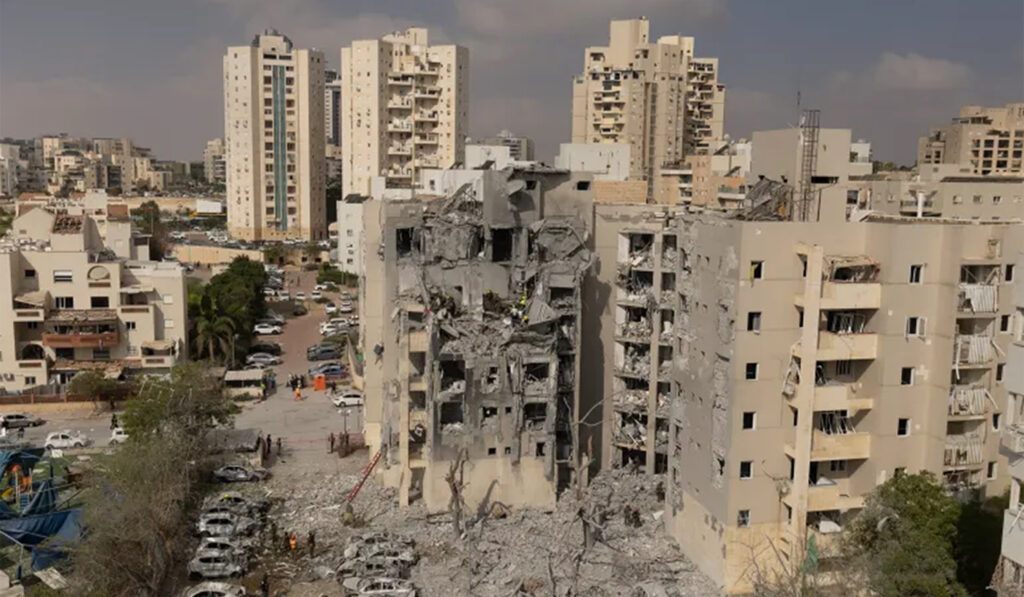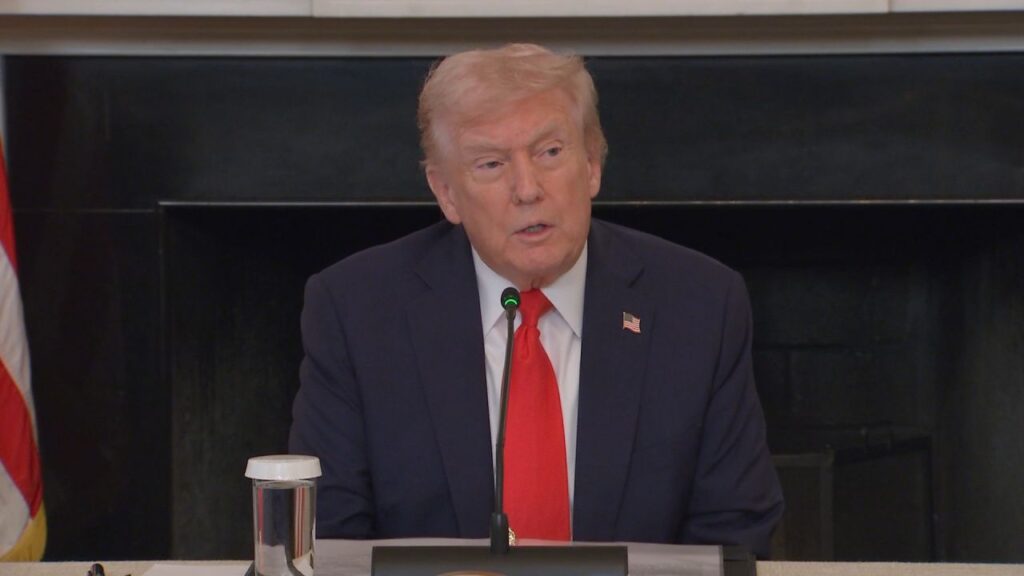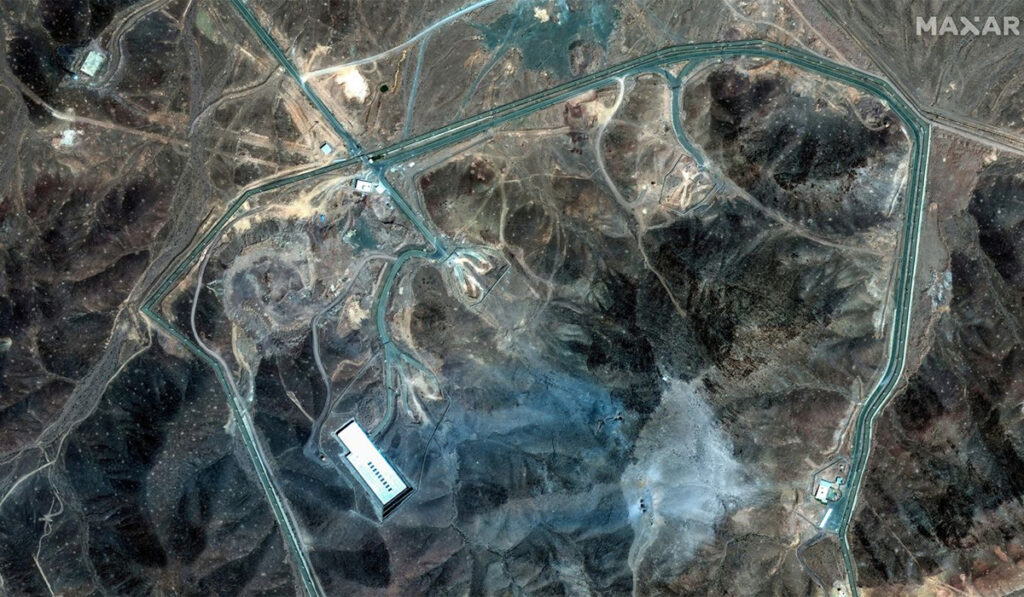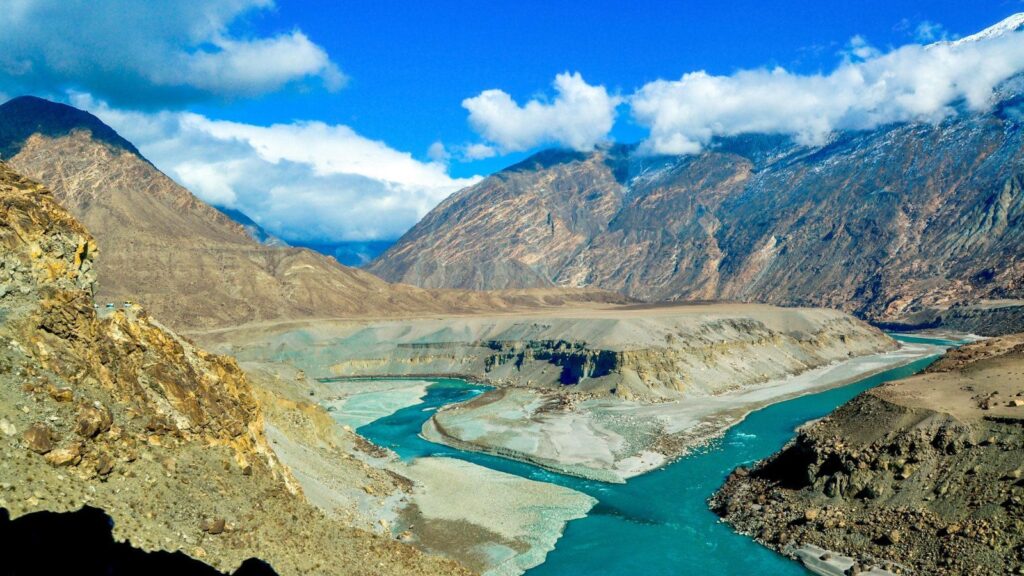
The world watched in stunned silence on the night of June 13, 2025, when Israeli warplanes tore through Iranian airspace under the banner of “Operation Rising Lion.” This was not a targeted strike or a covert maneuver hidden behind diplomatic curtains, it was a declaration. Over one hundred Iranian sites were hit in the span of just forty-eight hours, including nuclear facilities at Arak, Fordow, and Natanz. These weren’t warnings. These were punches thrown with the intent to disable Iran’s long-suspected nuclear ambitions once and for all.
But Iran was not caught sleeping. Almost immediately, Tehran responded with a full-scale barrage. Hundreds of ballistic missiles, attack drones, and loitering munitions rained down on Israeli cities in what they dubbed “Operation True Promise 3.” Iranian strikes penetrated Israeli air defenses and slammed into cities like Haifa, Tel Aviv, and Beersheba. Civilian centers weren’t spared. One of the most devastating moments came when missiles struck Soroka Medical Center in Beersheba, injuring over 240 people and causing part of the hospital to be evacuated due to suspected chemical exposure. For Israelis, it was a sobering moment — the war was now deeply personal, and no longer limited to distant airbases or desert missile pads.
As missiles lit up the skies, Israel unleashed its intelligence network. Mossad, which had already laid groundwork through years of infiltration, activated covert drone bases inside Iran’s own borders. Using micro-UAVs, they sabotaged missile launchers and radar sites ahead of the main air raids. The level of tactical innovation was unlike anything the world had seen — a hybrid war, where AI-guided drones, satellite intelligence, and espionage worked in tandem to undermine a nation’s infrastructure before a single jet even entered the theater.
In Iran, panic was widespread. The government scrambled to contain the narrative by shutting down nearly all internet access, triggering a 97% drop in connectivity across the country. But the damage had already spilled into the streets. Tehran, facing threats of incoming Israeli strikes, saw over 100,000 residents flee northward. Highways jammed with cars and buses as families tried to escape what they feared would be the next Gaza or Aleppo.
Meanwhile, in Israel, the Iron Dome and Arrow systems were tested to their limits. Sirens blared from Herzliya to Ashkelon, and bomb shelters filled with terrified civilians. Schools shut down, hospitals braced for further attacks, and the government admitted what no one wanted to hear: their missile defense systems were depleting faster than they could be resupplied.
On the diplomatic front, calls for de-escalation echoed across Europe and the UN. But neither side showed signs of blinking. Israel’s defence minister publicly declared that Ayatollah Khamenei “can no longer be allowed to exist,” following the hospital strike. Iran fired back through state television with warnings that any American involvement would lead to direct retaliation — not just against military assets, but potentially oil routes like the Strait of Hormuz, which carries 20% of the world’s oil supply.
The United States, walking a razor’s edge, distanced itself from any suggestion of involvement in the assassination threats against Iranian leadership. Yet inside the Pentagon, plans were drawn up for potential strikes on Fordow — the very same nuclear site Israel had already hit. President Trump, while denying responsibility, made it clear that the U.S. would defend its assets and allies if the war spiraled further.
Other nations began scrambling for safety measures. On June 18, India launched “Operation Sindhu,” evacuating over 100 of its citizens from Iran. Pakistan issued a rare, direct condemnation of Israel. Russia and China both warned of catastrophic fallout if the conflict wasn’t immediately frozen, though neither country intervened militarily.
The death toll climbs daily. Over 600 are already reported dead in Iran, according to sources like the Human Rights Activists News Agency. In Israel, civilian casualties are growing — not only from direct missile impacts, but from the psychological collapse of daily life. Grocery stores, clinics, and schools now operate in cycles of lockdowns and evacuations. Every hour, sirens rise and fall like the tide. There is no ceasefire on the horizon. There is only escalation which is rapid, brutal, and inching ever closer to a regional inferno.

Bella Richardson is a dedicated journalist and news analyst known for her clear, thoughtful reporting and her ability to make complex stories accessible to a broad audience. With a Master of Science in Mass Communication, she brings both academic insight and real-world experience to her coverage of breaking news and trending topics throughout the United States.






